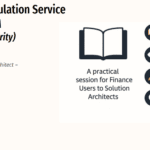
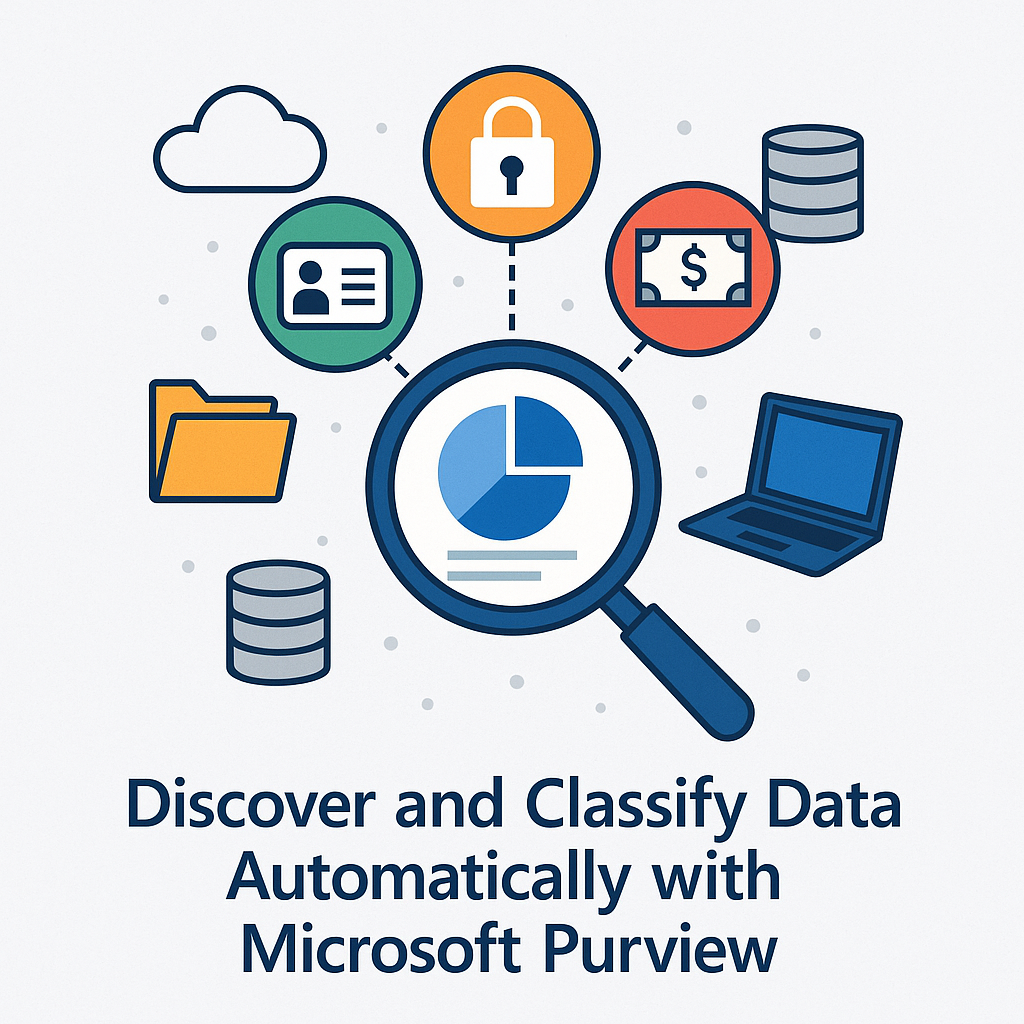
PUR503 – Discover and Classify Data Automatically with Microsoft Purview
Table of Contents
ToggleIntroduction
You can’t protect what you can’t see.
That simple truth drives the foundation of Microsoft Purview: data visibility before data protection.
Most organizations hold petabytes of information across SharePoint, OneDrive, Exchange, Teams, Azure, Dynamics 365, and even AI tools like Copilot.
Hidden among all that data are sensitive items , employee details, contracts, credit card numbers, or intellectual property.
Before applying labels, encryption, or retention policies, you must first discover and classify what’s sensitive and where it lives.
That’s exactly what Microsoft Purview Data Classification does.
What Data Classification Means
In everyday terms, data classification is about telling your organization’s information apart:
- What’s public?
- What’s confidential?
- What’s regulated?
Purview automates this process using built-in intelligence that scans content, identifies sensitive patterns, and assigns categories.
Once classified, that data can trigger the right protection , labels, DLP, or retention , automatically.
Think of it as your organization’s “digital X-ray,” showing where sensitive data sits and how it’s used.
Why Automatic Classification Matters
Manual classification is time-consuming and unreliable. Employees can miss labels, guess incorrectly, or skip them altogether.
Automatic classification solves that by using machine learning and predefined logic to recognize sensitive information on its own.
Key advantages:
- Scale: Scans terabytes of data across cloud and on-prem environments.
- Accuracy: Uses content pattern recognition and AI to reduce human error.
- Consistency: Applies the same classification logic to every file, email, or message.
- Speed: New data is discovered and classified in near real time.
Automatic discovery ensures your protection policies don’t rely on people remembering to label correctly , Purview does it for them.
The Building Blocks of Purview Classification
Purview uses three main engines to classify data:
| Engine | What it does | Example use |
| Sensitive Information Types (SITs) | Detects structured patterns such as credit card or passport numbers | Finds PII, financial or government IDs |
| Exact Data Match (EDM) | Matches specific values from an uploaded dataset | Protects customer or employee records from a HR database |
| Trainable Classifiers (AI models) | Uses machine learning to recognize unstructured content by meaning | Identifies contracts, resumes, source code, or health forms |
Let’s look at each in simple terms.
Sensitive Information Types (SITs)
SITs are the pattern detectors of Purview.
They look for specific formats , numbers, keywords, or context , to identify structured data.
Examples:
- Credit card numbers validated by the Luhn checksum
- Phrases like “National Insurance Number” or “Tax ID”
- Email addresses, bank account numbers, or passport IDs
Purview includes over 300 built-in SITs, covering most regulatory data types (GDPR, PCI, HIPAA, etc.).
You can also create custom SITs for organization-specific data such as employee IDs or project codes.
🧠 Tip: Combine SITs with sensitivity labels to automatically apply encryption or visual markings whenever those data patterns appear.
Exact Data Match (EDM)
EDM classification takes precision a step further.
Instead of pattern recognition, it matches data exactly against a trusted source table.
Imagine uploading an encrypted list of 50,000 customer account numbers.
EDM ensures that only those exact numbers , not similar ones , trigger a match.
This is ideal for industries like finance, healthcare, and HR where accuracy matters.
Because the reference data is hashed and anonymized during upload, the actual records remain protected , even Microsoft can’t see them.
🧠 Real-world example: A bank uses EDM to detect if employees email or copy files containing actual account numbers, not random numbers that look similar.
Trainable Classifiers
While SITs and EDM handle structured data, most real-world information is unstructured , Word files, PDFs, chat messages, and presentations.
That’s where trainable classifiers shine.
Using AI, they learn from examples you provide , hundreds of real documents that represent what “Confidential Contracts” or “Employee Reviews” look like.
Once trained and published, these classifiers automatically identify similar content across Microsoft 365.
They’re the secret sauce behind Purview’s ability to understand context, not just content.
Example:
You upload 200 sample vendor contracts → train a classifier called “Vendor Agreement.”
Next week, it automatically detects new contracts uploaded to SharePoint or attached in Outlook , and applies a label or DLP rule.
Where Classification Happens
Purview classification runs across multiple environments:
- Microsoft 365: Exchange, SharePoint, OneDrive, Teams, Power BI
- Endpoints: Through Purview Endpoint DLP agents
- On-Premises: Via the Purview Information Protection Scanner
- Multi-Cloud: Through Purview Data Map & Data Catalog (Azure, AWS, SQL)
This gives compliance and security teams a single pane of glass to track where sensitive data exists , regardless of platform.
Real-World Example: Legal Department Data Mapping
A global law firm stores case files in SharePoint, emails in Exchange, and transcripts in Teams.
Using Purview classification:
- The firm enables built-in SITs for financial and PII data.
- Adds a custom trainable classifier for “Client Legal Documents.”
- Runs the Information Protection Scanner across on-premises drives.
- The results populate in Data Explorer , showing exactly where sensitive content resides.
From there, the compliance team can create auto-labeling and DLP policies to ensure client data never leaves approved environments.
Result: comprehensive visibility, automated control, and regulatory peace of mind.
How to Start: Your 5-Step Classification Roadmap
- Discover: Turn on Purview’s Data Classification reports to view data distribution.
- Activate built-in SITs: Start with preconfigured types like financial and personal data.
- Create custom classifiers: Build EDM and trainable models for unique business data.
- Test in simulation: Validate matches in Content Explorer before enforcing labels.
- Automate protection: Link classification results to labels, DLP, and retention policies.
Following these steps ensures accuracy before automation , reducing false positives and user frustration.
Real-World Tip
Blend human and machine intelligence.
Use automatic classification to scale, but periodically review content with Data Explorer or Content Explorer.
This keeps your models honest and ensures new business data types are continuously covered.
Exam Tip (SC-401)
Expect exam questions comparing SITs vs EDM vs Trainable Classifiers.
Memorize the core distinction:
- SITs = pattern recognition
- EDM = exact value matching
- Trainable Classifier = AI context detection
Also know where classification feeds into , DLP, auto-labeling, retention, and communication compliance.
Conclusion
Data classification is the foundation of intelligent protection in Microsoft Purview.
It transforms scattered, unstructured data into actionable insight , enabling automation, compliance, and risk reduction.
When you know what your data is and where it lives, you can confidently decide how to protect it.
In the next article, PUR504 – Sensitivity Labels Demystified: Protecting Data That Travels Everywhere, we’ll explore how sensitivity labels build on classification to apply encryption, visual markings, and policy controls that move seamlessly with your content.
I am Yogeshkumar Patel, a Microsoft Certified Solution Architect and ERP Systems Manager with expertise in Dynamics 365 Finance & Supply Chain, Power Platform, AI, and Azure solutions. With over six years of experience, I have successfully led enterprise-level ERP implementations, AI-driven automation projects, and cloud migrations to optimise business operations. Holding a Master’s degree from the University of Bedfordshire, I specialise in integrating AI with business processes, streamlining supply chains, and enhancing decision-making with Power BI and automation workflows. Passionate about knowledge sharing and innovation, I created AI-Powered365 to provide practical insights and solutions for businesses and professionals navigating digital transformation. 📩 Let’s Connect: LinkedIn | Email 🚀
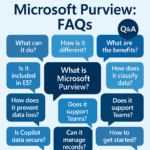
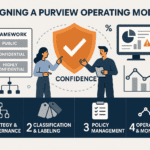
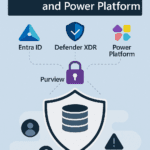
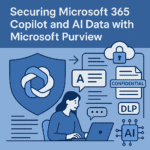
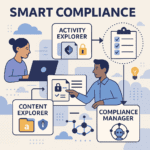
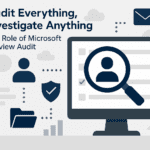

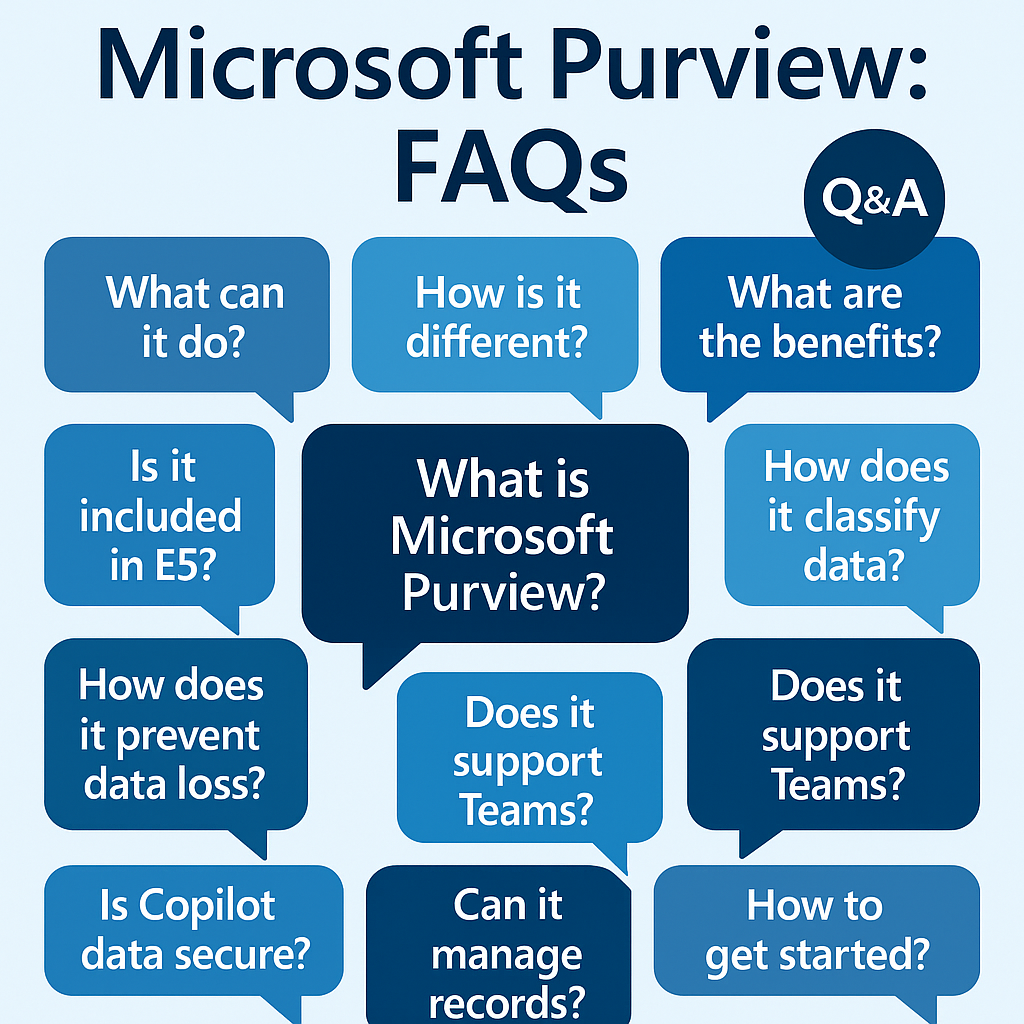
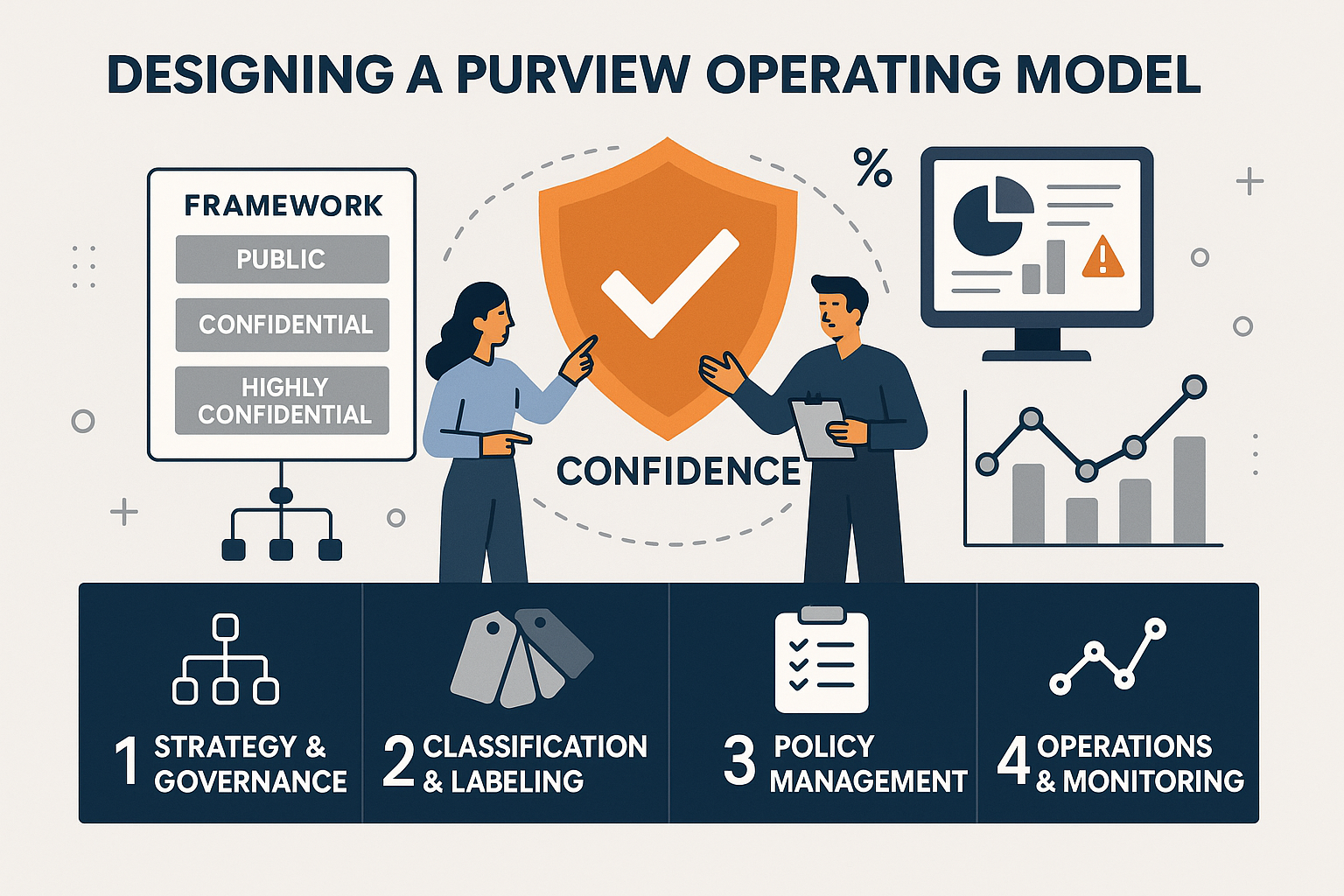
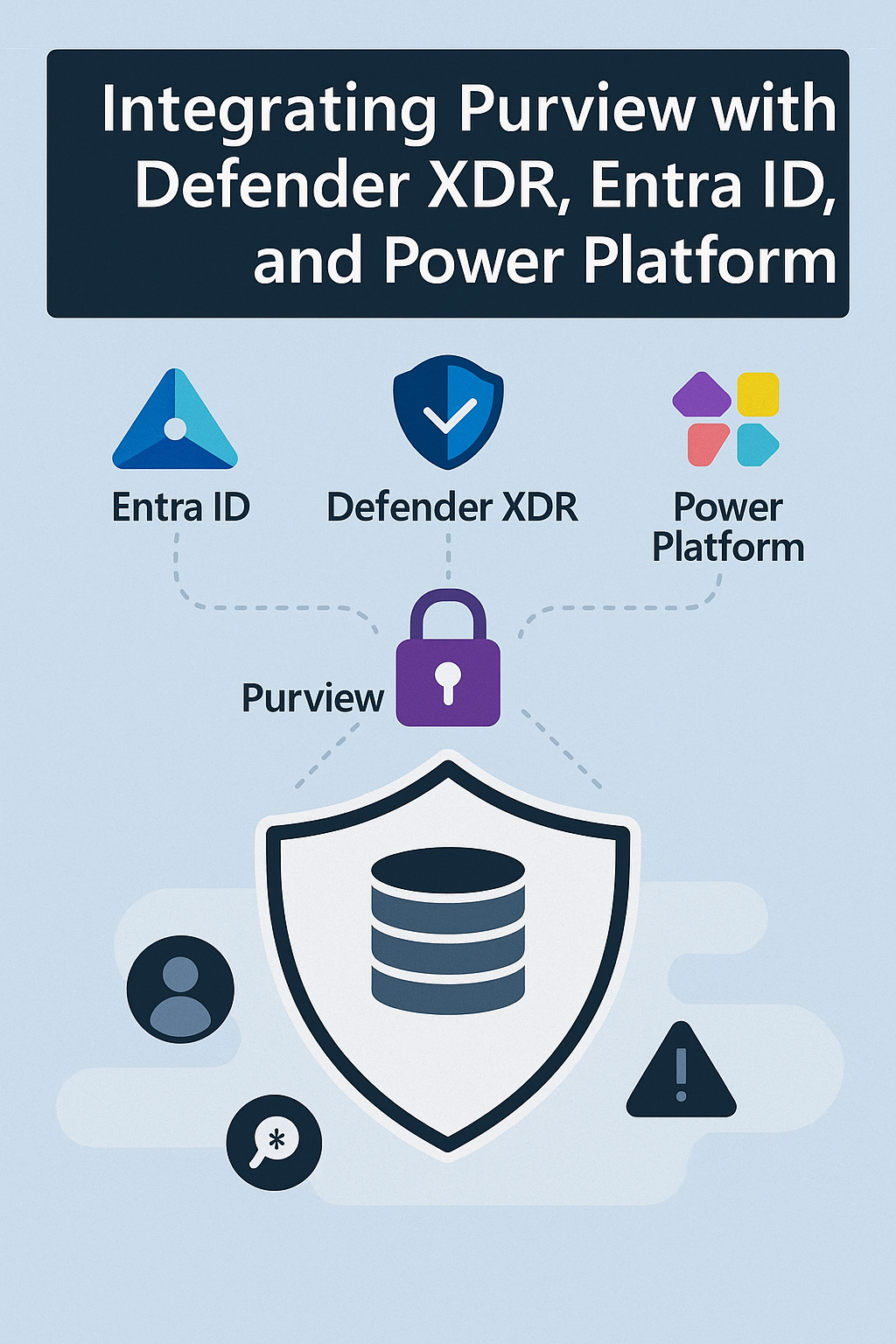



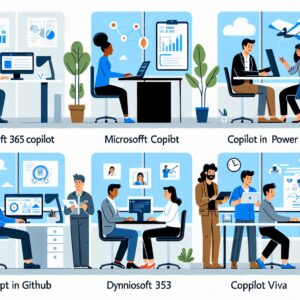


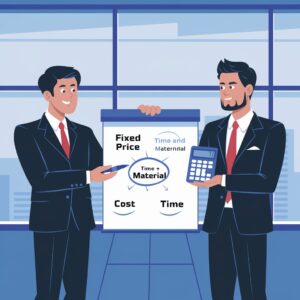
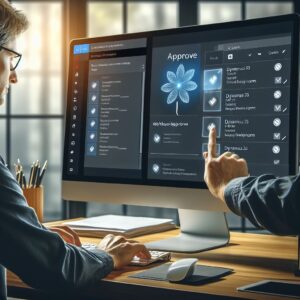

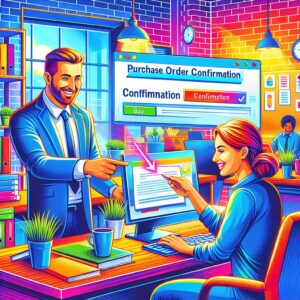
Post Comment